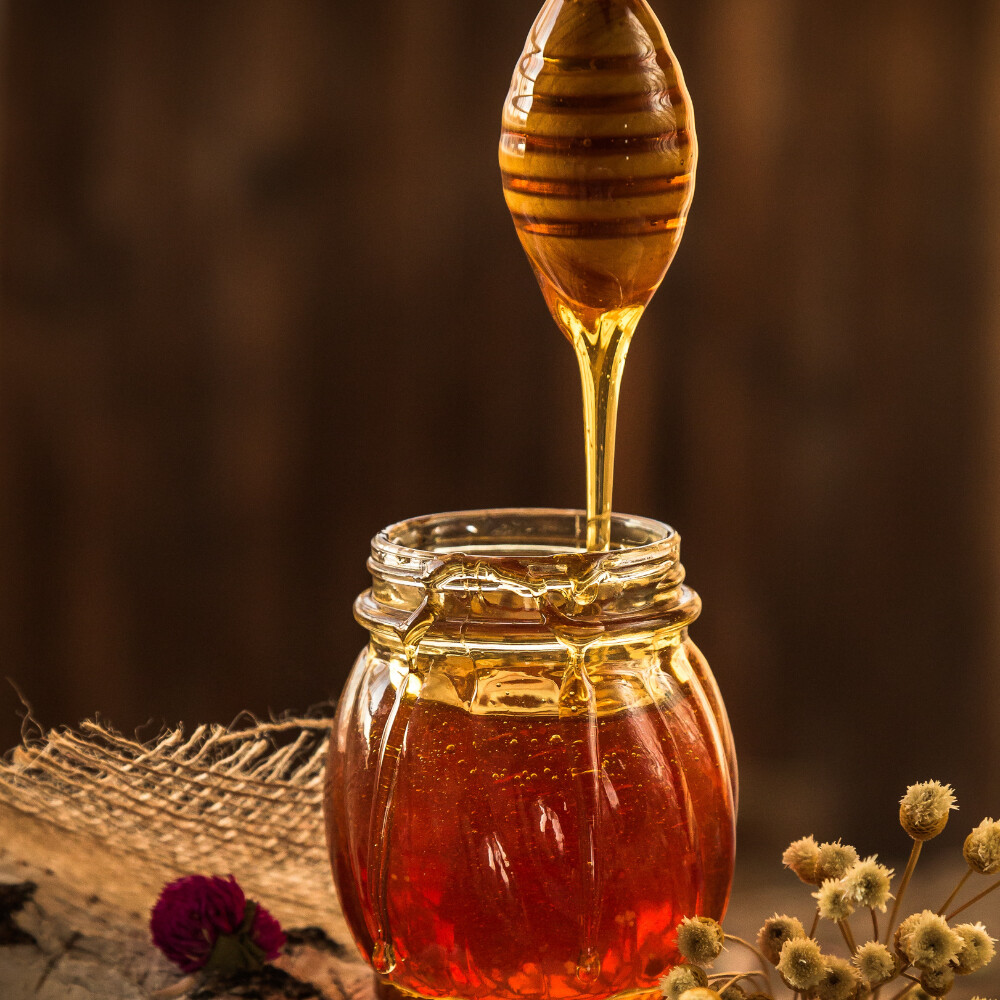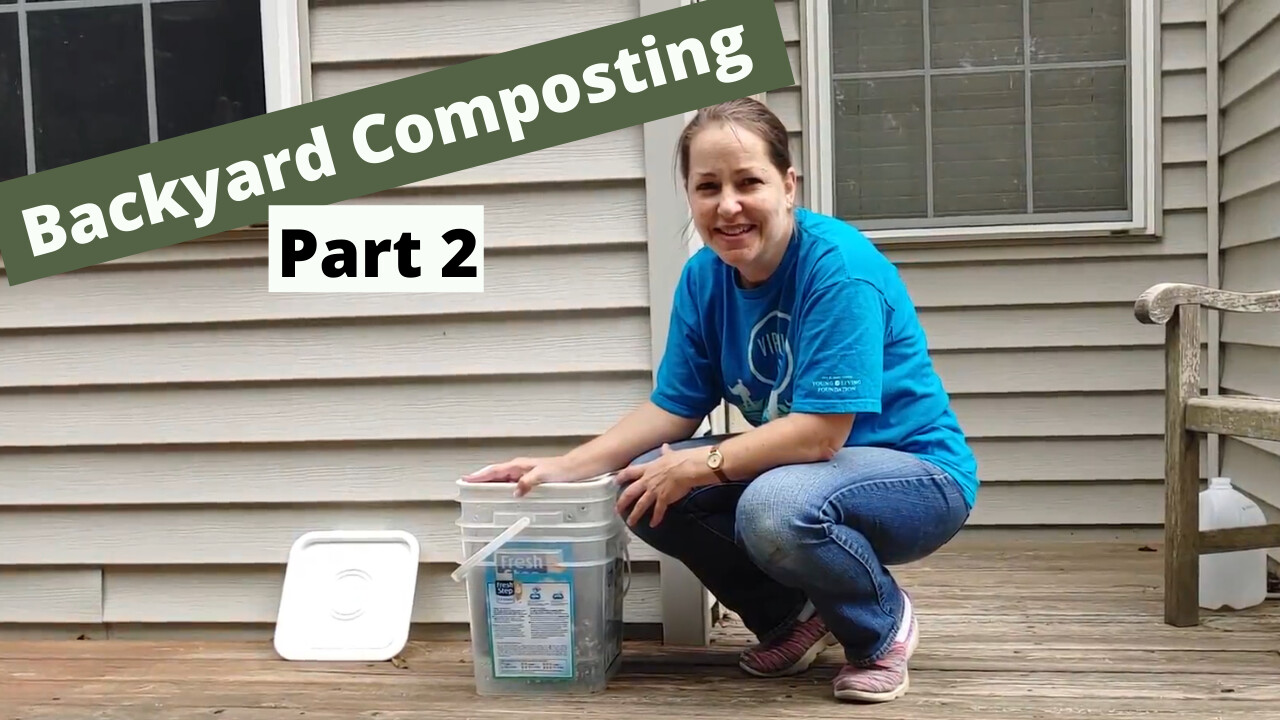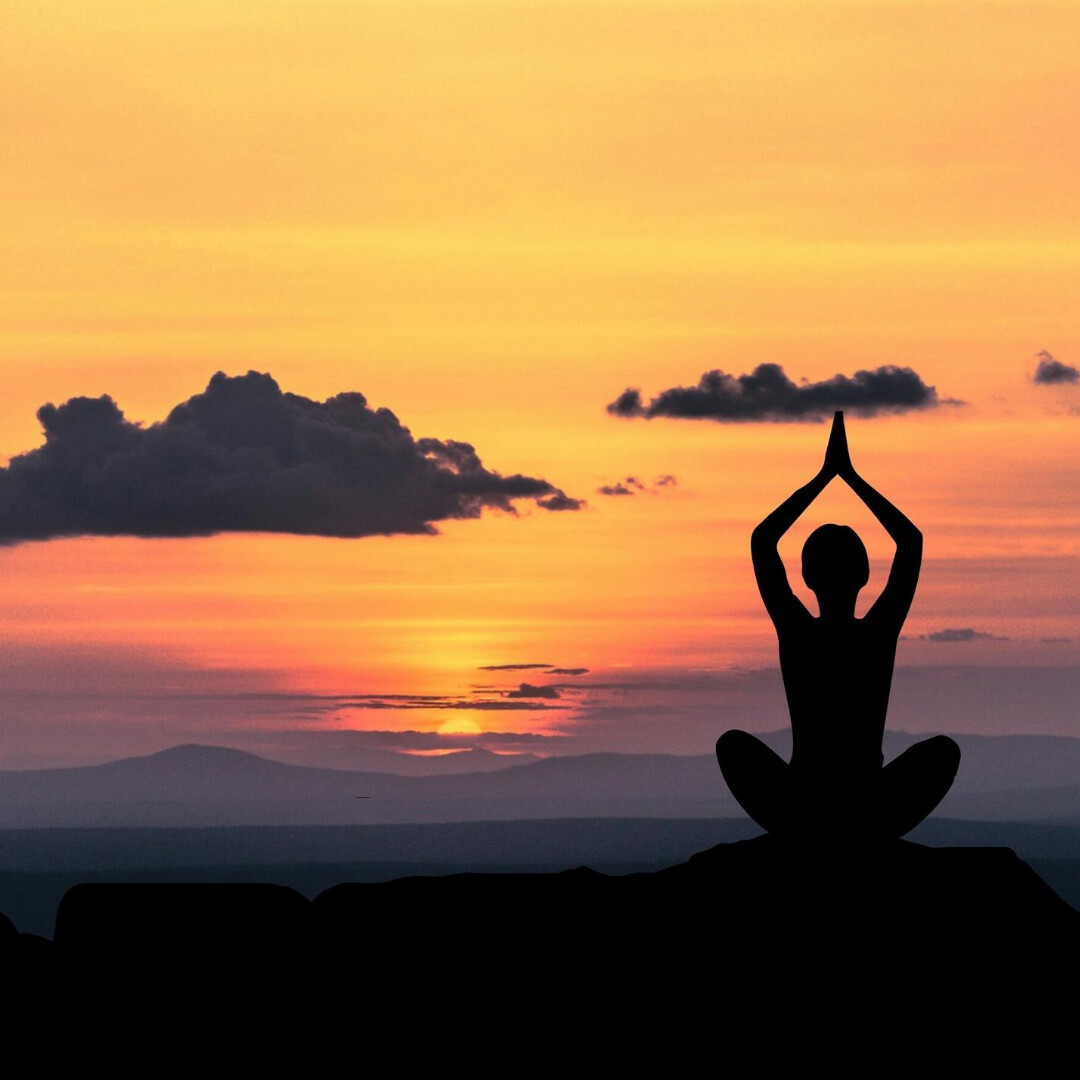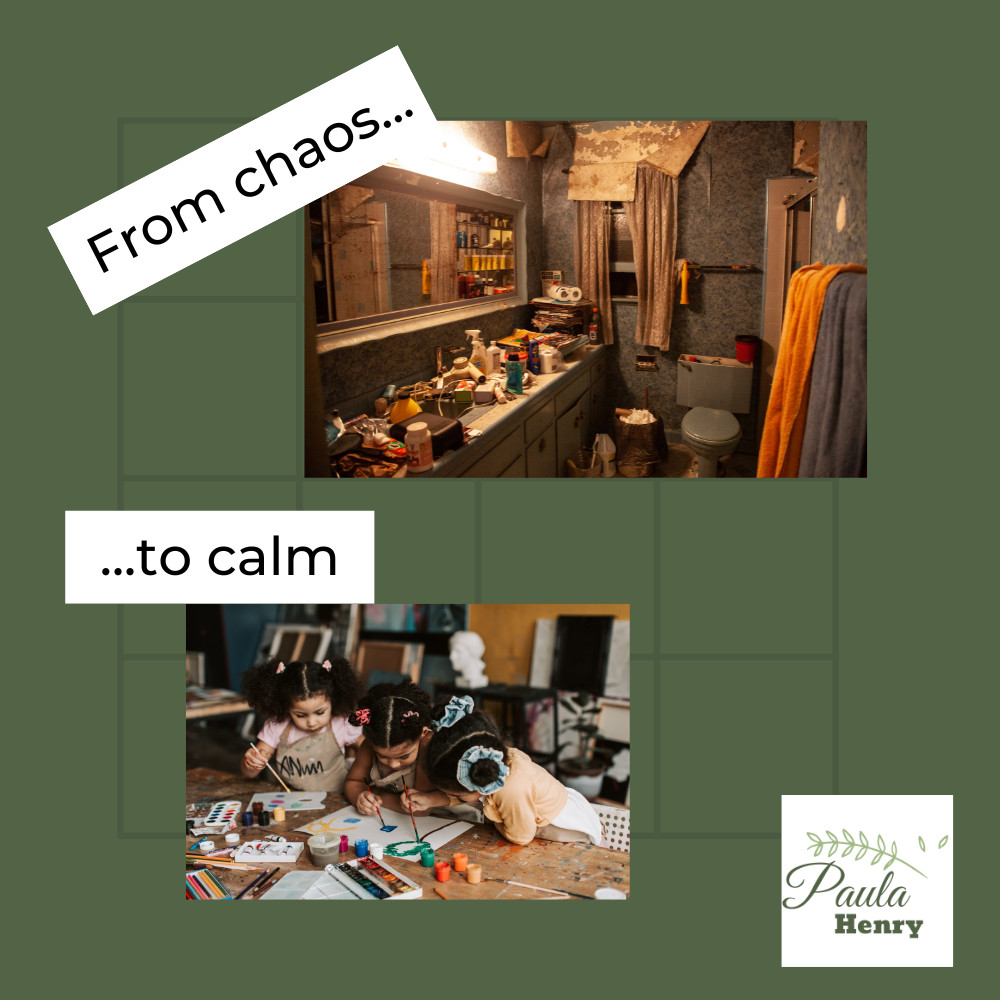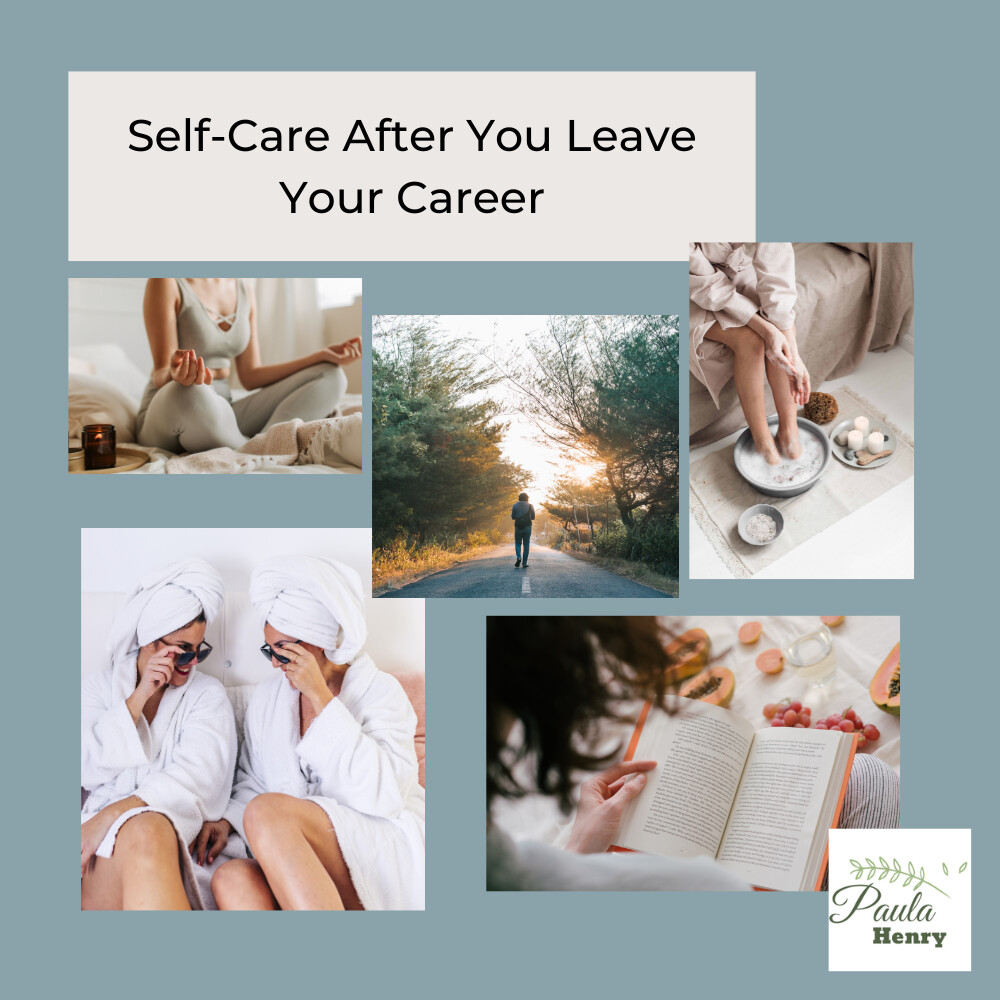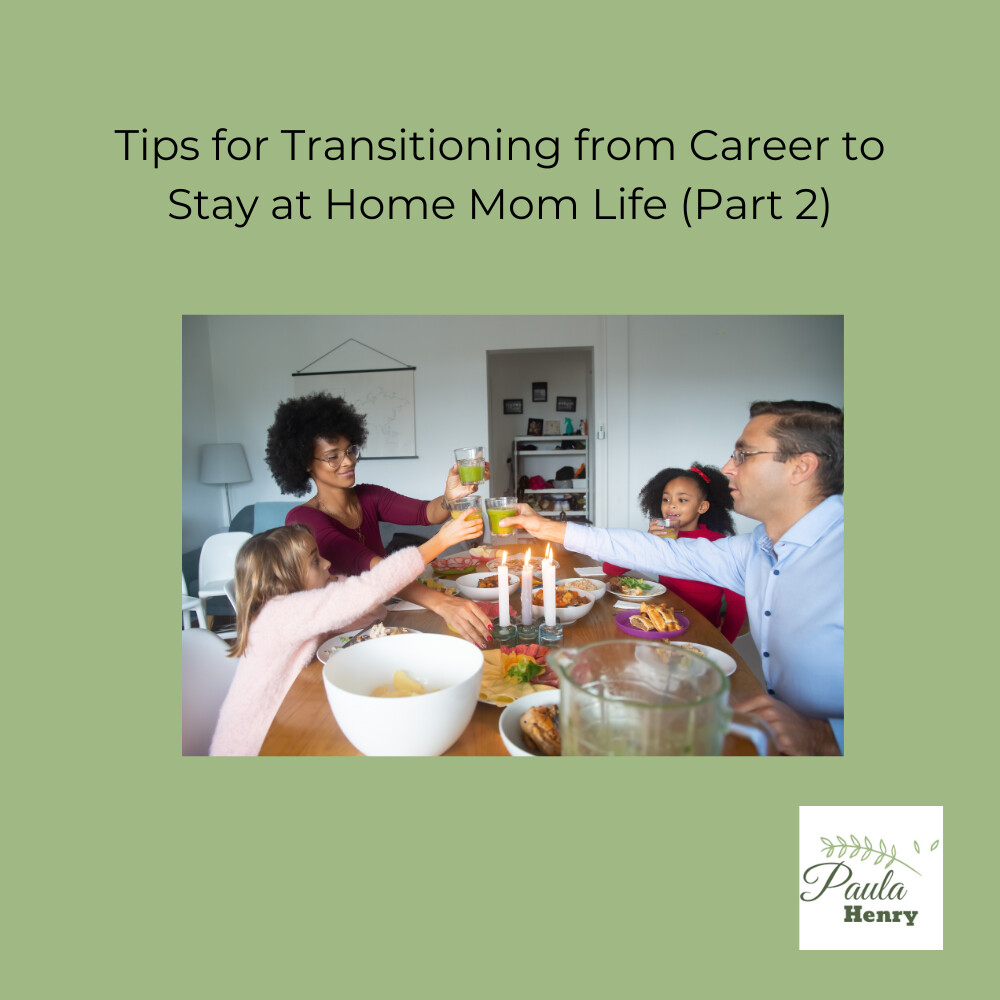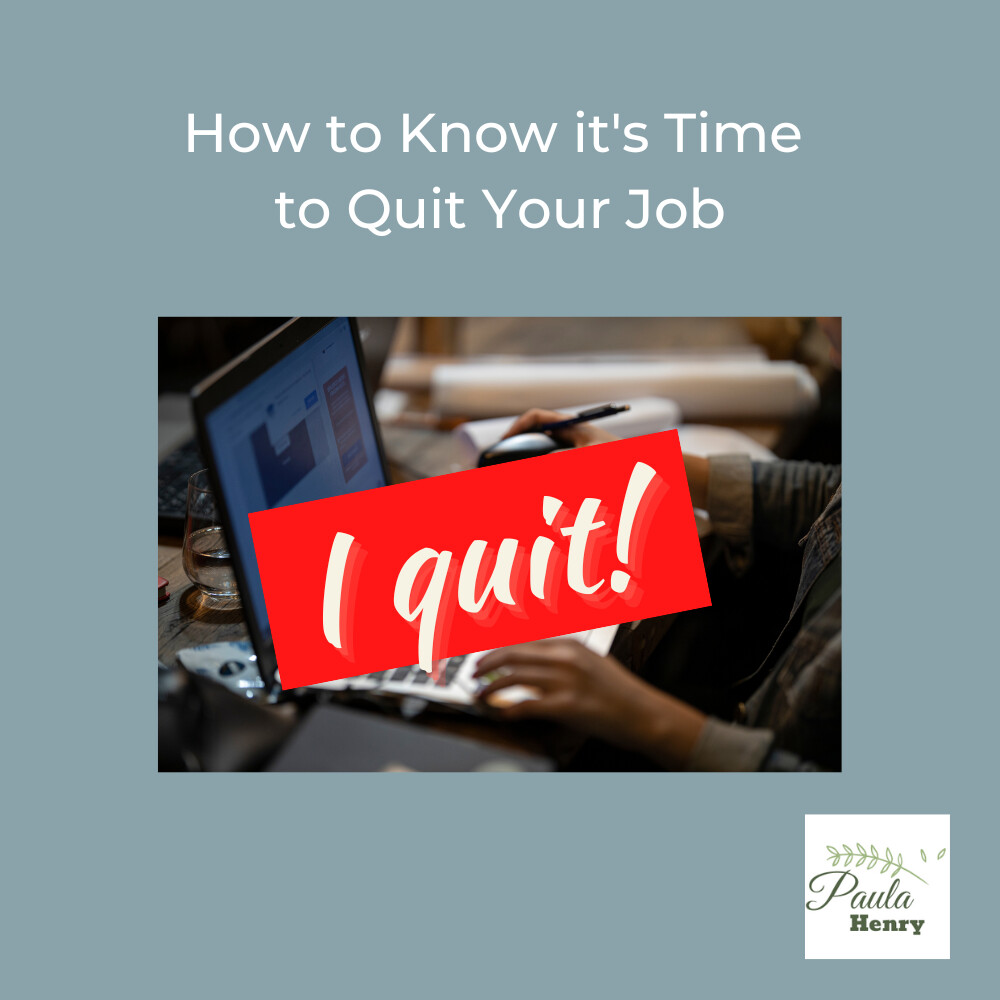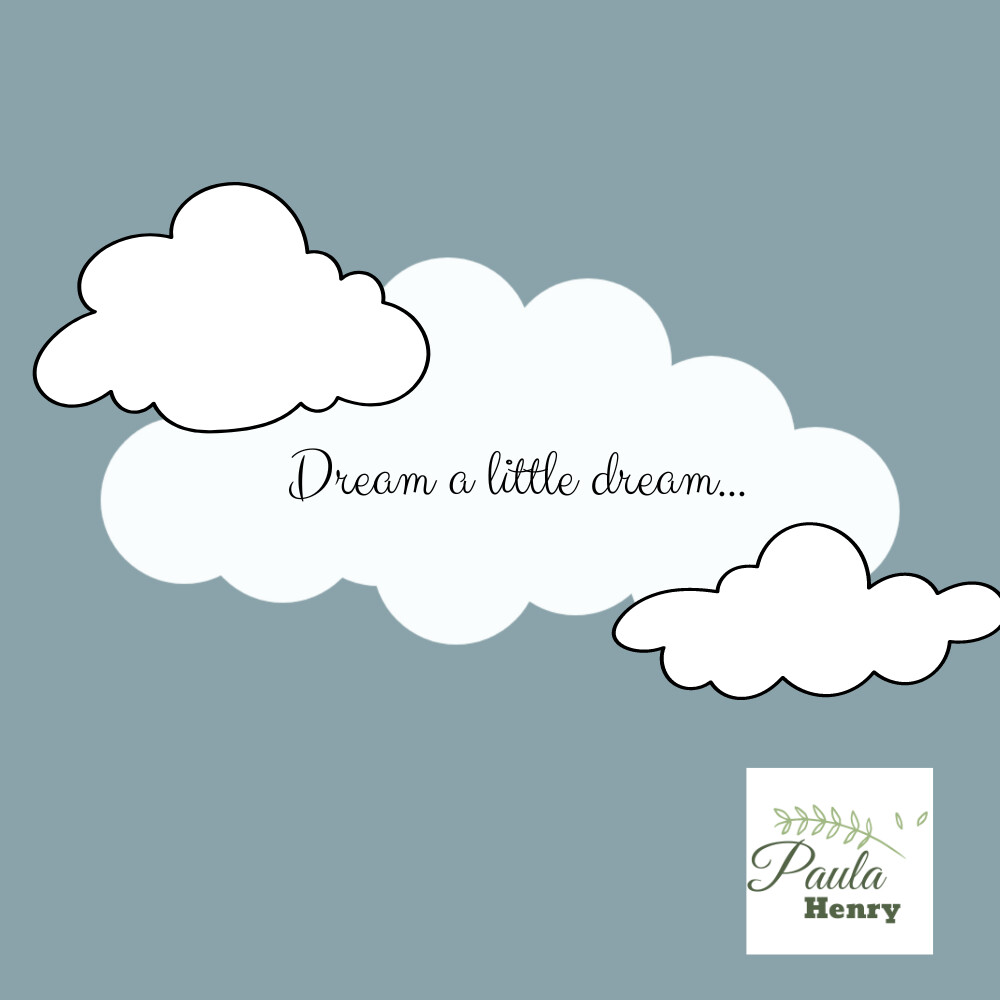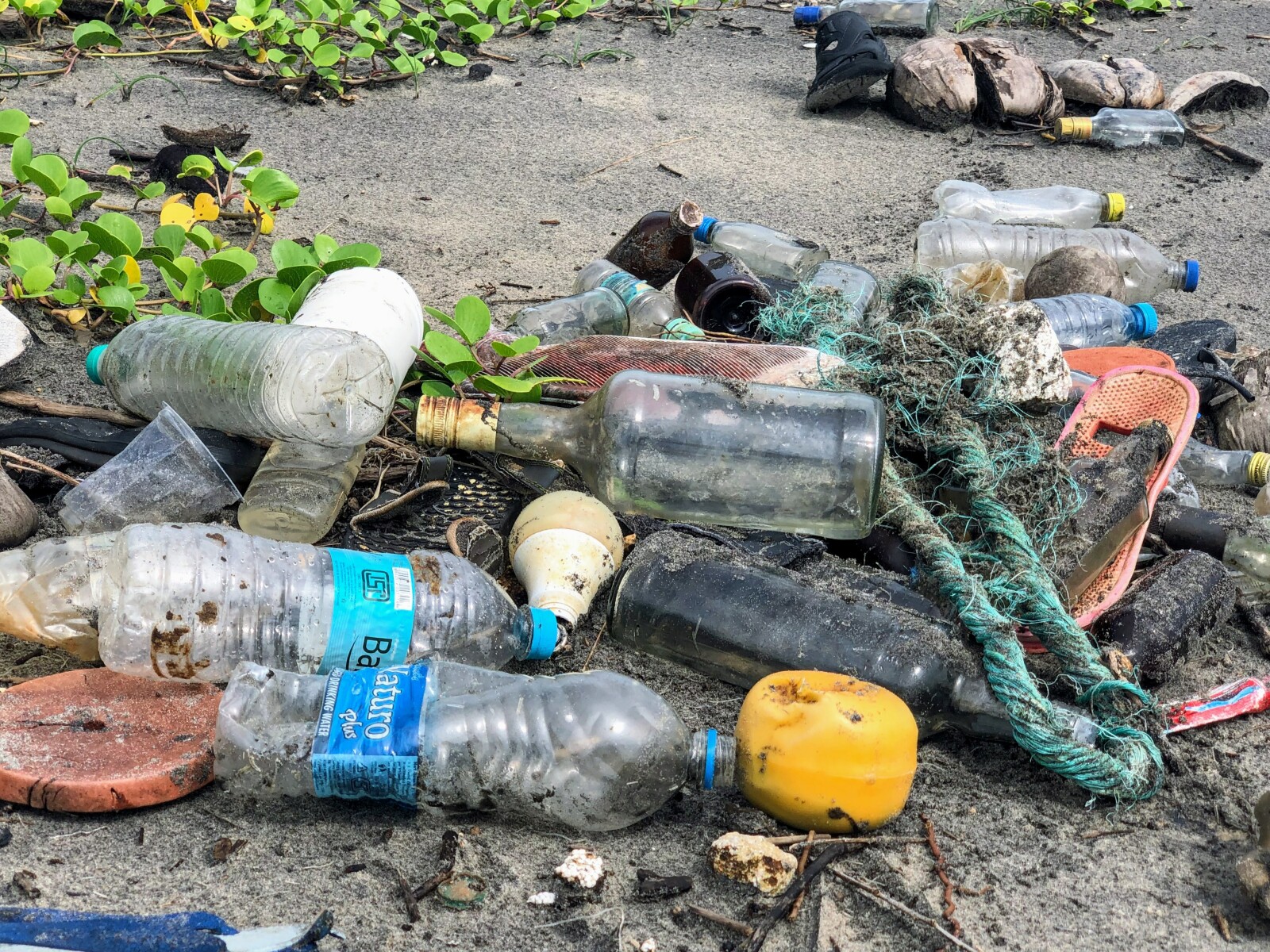
Most of us are aware of plastic waste. We see it all over the place from the discarded plastic water bottle to the plastic shopping bag stuck in a tree. And, many of us are probably aware that the plastic breaks apart over time even if it doesn’t decompose. What we might not be aware of is what happens to the parts of plastic that we can’t easily see.
Microplastics are small pieces of plastic (less than 5 mm in size). They come from a variety of sources. Many microplastics come from the breakdown of plastics over time into smaller and smaller pieces, some so small that we can barely see them. Some microplastics are even manufactured intentionally and appear as small beads in cosmetics and personal care products. They are added to replace natural ingredients and serve as an abrasive material to help exfoliate the skin or clean teeth. I remember hearing about microbeads in personal care products like facial cleansers but I never realized that the microbeads were made from plastic. I’m not sure what I thought they were made from. I just never thought about it. Thankfully, in 2015, the US banned the use of microbeads in personal care products, but it’s unknown what other countries are allowing their use.
Microplastics are also shed from clothes made from synthetic fibers. This is an area that I was not aware of until recently. Again, I just didn’t think about it but every time we wash our clothes, small fibers and bits are shed and washed down the drain with the wash water. Those small bits then travel on to our water treatment facilities and into our water systems.
So, what’s the problem with microplastics?
Microplastics can be inhaled or ingested by all living creatures. Their prevalence is causing problems with all walks of life and their long term effects on health are unknown. The mass production of plastics began in the 1940s and has increased at a phenomenally fast rate. According to Statistica, the production of plastics increased from 200 million metric tons in 2002 to 368 million metric tons in 2019. In 1950, production was just 1 million metric tons [1]. Eight million metric tons are dumped into our ocean annually and of that, 236,000 tons are microplastics [2, 3].
Microplastics, like much of our waste, ultimately ends up in our waterways. It gets washed down our rivers and streams to ultimately end up in the ocean. Sea life consumes the plastics, either mistaking them for real food or inadvertently along with their food. The plastics then cause numerous health issues. Small animals consume plastics which are then transferred to the larger animals (including humans) who consume the smaller ones, and the cycle continues on and on. As a fan of sea turtles, I have known about the dangers of plastic shopping bags being mistaken for jellyfish. The image of a plastic ring from a 6 pack of cans stuck on the neck of a turtle is ingrained in my head. I was not aware until recently that this happened more regularly with smaller pieces of plastic. It just never occurred to me.
The harm caused by microplastics has not been studied extensively and the study of the harmful effects of microplastics is a relatively new field, but the fact that large marine animals like whales have been found with stomachs full of plastic is concerning. It’s becoming common to find large amounts of plastic in whales that die and end up washed on shores. One article stated that over 80 pounds of plastic was found in the stomach of a whale in the Philippines [4]. Certainly, if an animal is ingesting plastic instead of nutritious food, they will ultimately not be able to survive.
The effect on marine life is bad enough but what about the effects on humans? A study conducted in 2019 analyzing a series of other studies estimated that humans ingest between 39,000 - 52,000 microplastic particles per year depending on age and sex. In addition, those who consume bottled water on a regular basis ingest an additional 90,000 particles as compared to 4000 particles for those who consume tap water [5]. If you need another reason to stop drinking bottled water, look no further than that last sentence.
Just last month, a study was published demonstrating that microplastics are present in human placentas [6]. That means that microplastics ingested by the mother during pregnancy are potentially being passed on to the child in the womb. What these plastics will do to our health long term is yet to be seen, but it certainly is concerning.
We need to reduce our consumption of all plastics but single use plastics at a minimum. Here are some ways in which we can do that:
1. Use reusable shopping bags for grocery shopping (including produce bags) and other shopping trips. Whether you reuse the ones that you already have at your house or you make or purchase ones that will last a long time, reducing your consumption of new plastic bags is a good habit to get into.
2. Drink tap water instead of bottled water. If the water you have access to is not suitable for drinking, consider purchasing a water filtration system. Carrying around a reusable water bottle can significantly reduce the amount of plastic you consume which reduces the plastic in our environment.
3. Purchase clothing made of natural materials such as cotton, wool, silk, hemp and bamboo. Fabric made from synthetic materials like polyester, fleece and nylon sheds small threads and bits that enter our water stream, mostly from being washed. If you have clothes made of synthetic materials, washing them in a bag that catches the fibers is one way to reduce their spread.
4. When shopping for food, if you have the option to purchase a food in a non-plastic container, do it. Not all foods have this option, but when it is there, opt for the non-plastic version. If you have access to bulk food stores, use them for those items.
All of these changes are small but can be impactful if many people do them.
Sources:
1. https://www.statista.com/statistics/282732/global-production-of-plastics-since-1950/
2. Jambeck, J. R., et al. “Plastic Waste Inputs from Land into the Ocean.” Science, vol. 347, no. 6223, 13 Feb. 2015, pp. 768–771., doi:10.1126/science.1260352.
5. Cox, Kieran D.; Covernton, Garth A.; Davies, Hailey L.; Dower, John F.; Juanes, Francis; Dudas, Sarah E. (2019). "Human Consumption of Microplastics" (PDF). Environmental Science & Technology. 53 (12): 7068–7074. Bibcode:2019EnST...53.7068C. doi:10.1021/acs.est.9b01517. PMID 31184127.
